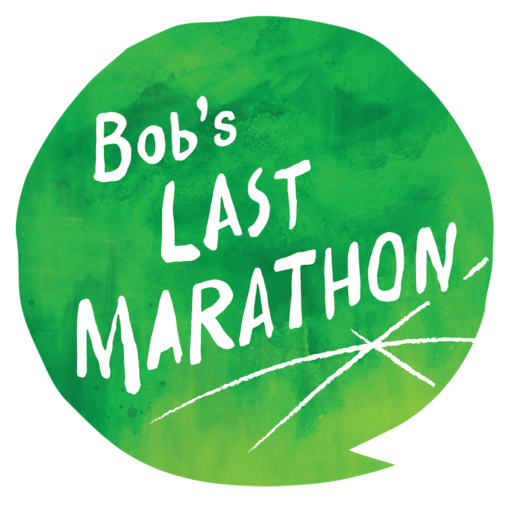Transcript
Financial Concerns
Ten years ago, my sister’s 61-year-old husband was diagnosed with Alzheimer’s disease, which began a new chapter in all aspects of Sue and Paul’s life together, including their financial affairs. This was marked by Paul’s retirement from his job as an accountant, and placement on Social Security disability. During most of the period of his diagnosis, Sue was employed as a hospital-based nurse. Paul found part-time work in a local grocery store, where he relished the social interactions. Over time, as his disease progressed, this job become too stressful and he left.
Paul was still functioning fairly well, so Sue was able to continue working and manage his care with the aid of a well-organized network of volunteers that included family, friends, neighbors, and members of their church. Sue created a schedule of support. Her volunteers would stop by regularly to visit, check up on him, chat with him, and drive him to activities and appointments. Thanks to this dedicated team, Paul was able to enjoy an active, rich life, much like any retiree—attending group activities like bingo, reading his favorite fast-paced thrillers, playing the saxophone, drawing, and spending time with Sue at night.
My role was helping Sue in financial planning and budgeting. Living with an accountant, my sister was not much involved in the family’s finances. Documents were hard to locate, and sorting through financial paperwork and online documents took longer than expected. Even the most seemingly trivial task of changing their phone plan was daunting. This added to the stress and worry of providing comfort and care.
A turning point came in early 2016 when Sue broke her wrist. No longer able to drive or work, she too obtained Social Security disability—a painstaking process. As her wrist healed and her disability time was ending, Sue realized that Paul needed full-time care. She retired from nursing to care for Paul full time. As Paul’s Alzheimer’s symptoms worsened, Sue needed more help from her volunteer network, who along with friends and family ramped up their support, providing transportation, meals, help with household chores, and visits with Paul. By midyear, it was clear to Sue that even this vast support network was not enough. She needed to consider finding outside help.
This is when finances and insurance become tricky. Those like Sue and Paul who do not have the funds to hire outside help must rely on some form of insurance. Unfortunately, Medicare does not cover the costs of custodial care—that is, help with day-to-day activities like eating, bathing, and hygiene. Long-term private insurance options are difficult to obtain for several reasons. First, there are fewer and fewer available as many insurance companies decide to exit the market. Second, it is expensive. And finally, it is not available once a person has been diagnosed with dementia.
This leaves Medicaid or Medicaid waiver programs for custodial home care services. But as most people know, Medicaid is only available when income and assets are below a certain level. Eligibility thresholds vary from state to state, as do legal requirements and procedures. The caregiver spouse will also need to separate and protect their individual assets—for example, by setting up a trust, so that in the long term, the spouse will not be depleted of assets for his or her own needs.
Applying for Medicaid is a complex and time-consuming endeavor. I highly recommend hiring an elder care attorney who specializes in Medicaid eligibility for your state. When possible, a trust is set up to separate the spouses’ assets in order to qualify one spouse for Medicaid and to provide for the spousal caregiver’s own needs, immediately and in the future. Sue found her attorney through a neighbor, but the local bar association would also be a good referral source.
In Sue’s case, the elder care attorney also recommended a geriatric social worker. The social worker coordinated the practical details of applying for Medicaid. Additionally, the social worker helped Sue select an appropriate organization for Paul’s home care through the waiver program. Sue’s social worker was a member of the National Association of Professional Geriatric Care Managers, an organization that helps navigate legal, financial, and entitlement issues. Local Area Agencies on Aging and Alzheimer’s Association chapters can also be good sources of advice.
Do not expect overnight results. It took Sue time and patience to find the right people and work with local and federal agencies. It involved multiple conversations—sometimes repetitive ones with different people in the same organization—to keep the ball rolling. It involved getting records in order and digging for documents, some dating back seven years. Luckily, their perseverance paid off. By the end of summer, the New York State Department of Health granted Paul Medicaid status.
With Medicaid, Paul was able to be enrolled in a Medicaid waiver program, which allowed Sue to bring in home caregivers for much of the day and night. While they helped with Paul’s day-to-day needs, most were not trained to handle his increasingly frequent psychotic episodes. In late October, one of these episodes resulted in a hospital admission. When he was discharged, he entered a Medicaid-certified nursing home. Sue visited daily, staying for a good part of the day to keep him company, entertain him, and make sure he had adequate care. The children visited when they could. Paul passed away a little more than a year later.
Throughout the Alzheimer’s journey, especially in the face of financial constraints and worries, Sue’s network of trusted, supportive family, friends, neighbors, and generous volunteers all proved invaluable. Knowing we are not alone on the journey can give us strength to endure, to value our time with our loved ones, and to find a level of peace within ourselves.
Nancy Galgoci, CPA (retired)

